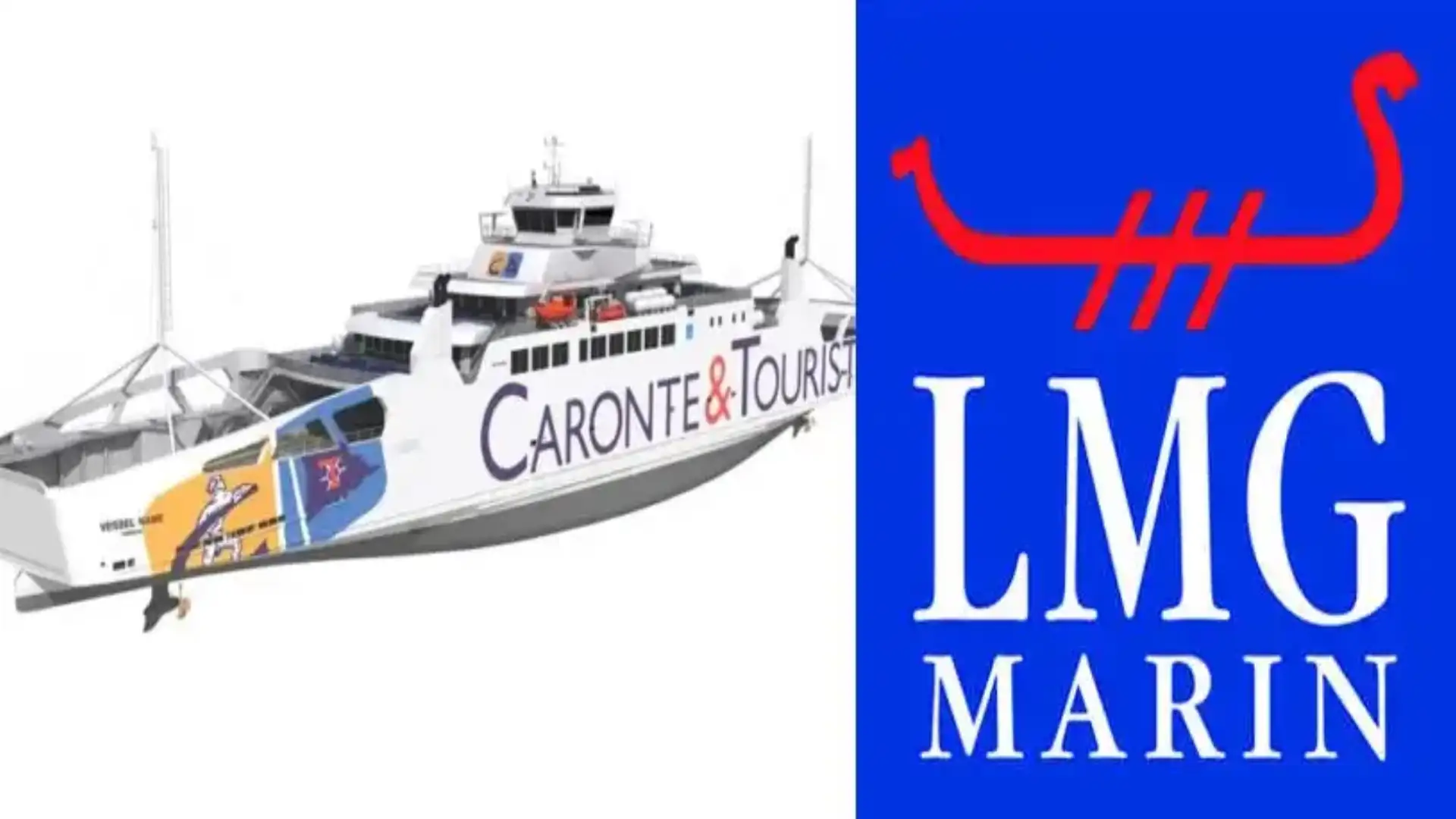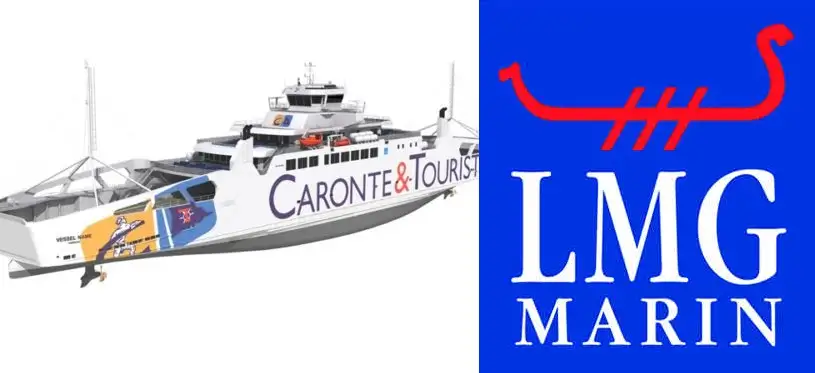
LMG Marin will design the first ferry with Liquefied Natural Gas of the Mediterranean
LMG Marin will design the first ferry with Liquefied Natural Gas of the Mediterranean

The very modern ferry will sail in 2018 in the Strait of Messina, between Villa San Giovanni and Messina in Sicily. The ferry will be class B, according to EU regulations, so it can operate on other routes such as the Aeolian Islands
The multinational LMG Marin will design the first ferry with Liquefied Natural Gas of the Mediterranean Sea. Based on the design LMG 290-DEG, it will have 133 m length and 21.5 m manga, with capacity for 290 cars distributed on both vehicle decks, and 1,500 passengers. It shall be equipped with three dual-fuel propellant engines. The ship will be built in the Turkish shipyard Sefine and its delivery is scheduled for 2018. It will become the first Mediterranean ferry to use liquefied natural gas as fuel. The design of this ship has been developed in close cooperation with the shipowner to adapt to the required operational requirements among which the low fuel consumption is.
LMG Marin began its activity 73 years ago and was founded by the three naval architects Lund, Mohr and Giæver-Enger, who also created the name of the company LMG Marin. They led the company through their first decades, founding the legacy of reliability, experience and innovation. When LMG Marin began its activity, resources for shipbuilding were limited, but there was a great need for creativity and technical skills. LMG had both, and soon became a highly respected and well-located naval cabinet as a marine engineering company. LMG took an important role in the reconstruction of the Norwegian fleet and the formation of a modern maritime industry. A large number of fishing vessels, ferries and cargo vessels were designed, with an initial focus on the conversion of different types of naval vessels into commercial vessels and the modernization of the old and worn fleet. The Norwegian shipyards were numerous, but small in size and with limited technical knowledge. This was ideal for LMG, offering complete design packages and monitoring services. From the end of the 1940s, LMG designed hundreds of ships, ranging from car ferries and passenger ships to tankers, research vessels and a multitude of dry cargo ships. Most of the Norwegian shipyards were, at a given time, building a ship designed by the LMG. In addition, many ships were built abroad to our design or supervision.
© 2024 Nautica Digital Europe - www.nauticadigital.eu











